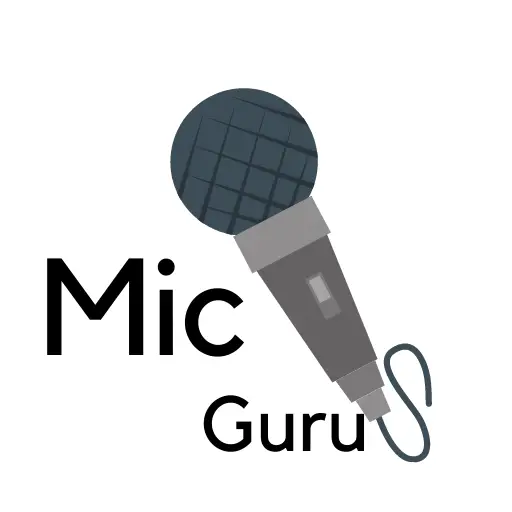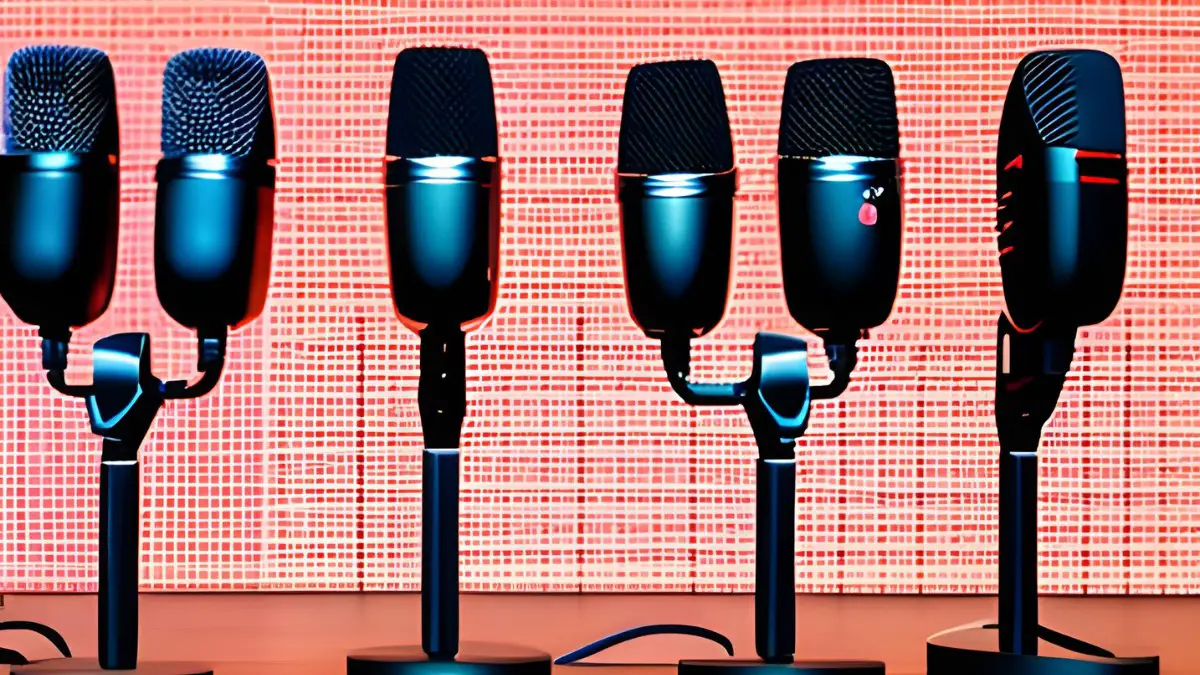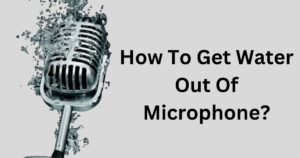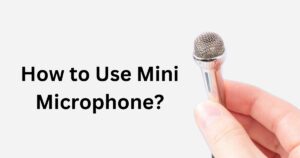In recent years, podcasting has become one of the most popular forms of audio entertainment, with millions of people tuning in to listen to their favorite shows. From true crime to comedy, there’s a podcast for every interest, and the industry is only continuing to grow. One key component of podcasting that often goes overlooked is the role of microphones. Without these devices, the crisp, clear audio that listeners have come to expect simply wouldn’t be possible.
Types of Microphones used in the Podcasting Industry
Microphones have been around for over a century, but advancements in technology have made them more sophisticated and versatile than ever before. In the podcasting industry, there are several different types of microphones that are commonly used, however the two most popular ones are:
- Dynamic microphones
- Condenser microphones
The most popular are dynamic microphones, which are known for their durability and ability to capture clear audio even in noisy environments. These microphones are often used by podcasters who record in less than ideal settings, such as coffee shops or on the go.
Another type of microphone commonly used in podcasting is the condenser microphone. These devices are more sensitive than dynamic microphones and are ideal for recording in quiet environments, such as a studio or a soundproofed room. Condenser microphones can capture a wider range of frequencies than dynamic microphones, making them a popular choice for podcasters who want to capture the full range of their voice or instrument.
Polar Pattern and Why it matters for Podcasters?

One of the most important factors to consider when choosing a microphone for podcasting is the polar pattern.
This refers to the way the microphone picks up sound from different directions. The most common polar pattern for podcasting is the cardioid pattern, which is designed to pick up sound from the front of the microphone while rejecting sound from the sides and rear. This helps to reduce background noise and ensure that the audio captured by the microphone is as clear as possible.
Placement and Sound Levels
In addition to choosing the right microphone, podcasters also need to pay attention to the placement of the microphone and the sound levels. The microphone should be positioned close to the speaker’s mouth, but not so close that it picks up breathing or other noises. Sound levels should be adjusted so that the audio is loud enough to be heard clearly, but not so loud that it distorts or causes feedback.
The different aims of podcasts and why they matter:
- Education: One of the primary aims of podcasts is education. Many podcasts focus on specific topics such as science, history, and business. These podcasts aim to educate their listeners about the subject matter in a fun and engaging way. Podcasts can offer in-depth discussions, expert interviews, and insights that can help listeners learn and grow.
- Entertainment: Another aim of podcasts is entertainment. Many podcasts are designed to entertain their listeners with humor, storytelling, or music. These podcasts offer a break from the stresses of everyday life and can be a great way to relax and unwind.
- News and current events: Podcasts can also serve as a way to keep up with current events and news. Many news organizations now offer podcasts as a way to deliver their content in a more convenient and accessible way. Podcasts can provide listeners with in-depth analysis and perspectives on the news, helping them to understand complex issues and events.
- Community building: Podcasts can also be a way to build communities around shared interests. Many podcasts have a loyal following of listeners who engage with each other and the hosts of the show. These communities can be a great way to connect with like-minded people and foster a sense of belonging. For example: My First Million Podcast By Hubspot (run by Sam Parr and Shaan Puri) aims to bring in people interested in startups together.
- Marketing and promotion: Finally, podcasts can serve as a marketing and promotion tool. Many businesses and organizations now use podcasts as a way to reach their target audience and promote their products or services. By offering valuable content that is relevant to their audience, businesses can build trust and establish themselves as experts in their field. You can checkout this piece written by Vidhi from entreprenuer.com if you want to explore more on this topic.
Top Tips to Get your Podcast aims correctly to your audience
- Clear message and structure: A clear message and structure are essential for any podcast. Listeners need to understand what the podcast is about and what they can expect to learn or gain from listening to it. The content should be organized in a logical and easy-to-follow way, with clear transitions between topics.
- Use of necessary tools: Using the right tools can make a significant difference in the quality of the podcast. Good microphones, audio editing software, and hosting platforms are just a few examples of tools that can improve the sound quality and accessibility of the podcast. Always check and test your microphone before recording every podcast. It’s important to invest in the right equipment to ensure that the podcast is professional and engaging.
- Consistency: Consistency is key when it comes to podcasts. Whether it’s the release schedule, the length of the episodes, or the format of the show, consistency helps to build trust and loyalty with listeners. It’s important to establish a routine that listeners can rely on and stick to it as closely as possible.
- Engaging delivery: A podcast host’s delivery can make or break the success of the podcast. Engaging hosts who speak clearly and confidently can keep listeners engaged and interested in the content. It’s important to speak naturally and avoid sounding too scripted or rehearsed.
- Relevant and timely content: Lastly, the content of the podcast should be relevant and timely. Listeners are looking for information and insights that are useful and applicable to their lives. Keeping up with the latest trends and news can help ensure that the content is fresh and relevant to listeners.
Overall, microphones play a crucial role in the podcasting industry, helping to ensure that listeners can enjoy high-quality audio no matter where they are. By choosing the right microphone and paying attention to sound levels and placement, podcasters can create engaging, immersive content that keeps listeners coming back for more. As the industry continues to evolve and grow, it’s clear that microphones will remain a key component of podcasting for years to come.




